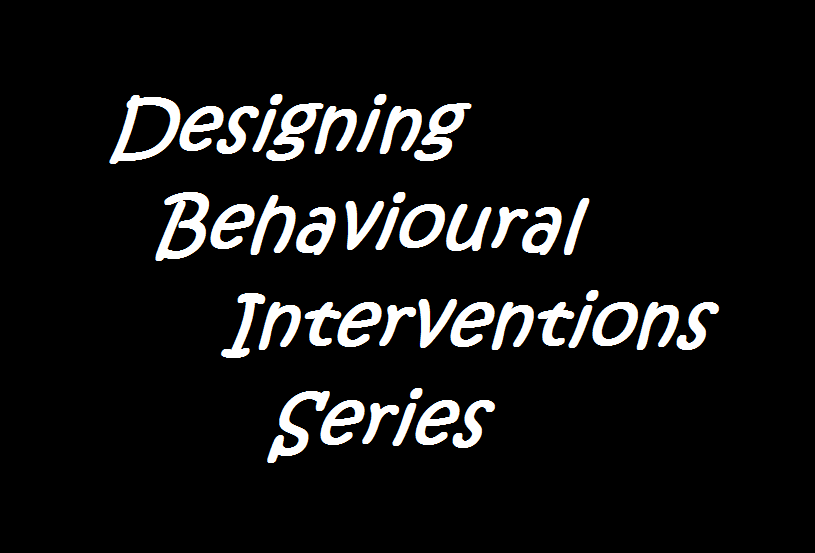“Human-Centered Design” as appealing as it sounds, is a must use approach while designing behavioural interventions in all possible disciplines seeking behavioural change. If you want to cross this skill off successfully from your wishlist, read all the articles from our “Designing Behavioural Interventions” series.
This one is the first article of the series that aims to get you inspired on design thinking.
If you are an absolute beginner to this idea, I recommend you should start with this video by Ideo.org here!
As John Cary states in his article in the Stanford Social Innovation Review, “Human-centered design expressly involves the investigation of social problems, analysis of knowledge, engagement of users, and prototyping or iteration of solutions. At the heart is a focus on actual users, achieved via interviews, observation, and good old-fashioned listening.”
Ideo.org further analyses the approach into 3 phases. “Human-centered design consists of three phases. In the Inspiration Phase you’ll learn directly from the people you’re designing for as you immerse yourself in their lives and come to deeply understand their needs. In the Ideation Phase you’ll make sense of what you learned, identify opportunities for design, and prototype possible solutions. And in the Implementation Phase you’ll bring your solution to life, and eventually, to market. And you’ll know that your solution will be a success because you’ve kept the very people you’re looking to serve at the heart of the process.”

Shazzad Hoshen Khan from the BRAC Behavioural Insights (BeIn) team and Anjali Sarker from BRAC Social Innovation Lab spoke at the April Innovation Forum hosted on April 18, 2016 at the BRAC Centre, Dhaka, about how Human-Centered Design can be applied in a wide variety of areas ranging from designing services, apps, projects for BRAC clients, to achieving new year resolutions for self. There are some myths and unknown perspectives that are discussed in the points below.
- Human-Centered Design approach applies for everyone and everywhere; whether it is about understanding and changing self, individual or group behaviours, designing a program or project, approaching a problem or solution, it is about learning the right set of skill to ask impact oriented questions to reach a diverse set of objectives.
- Behaviour change starts from questioning a behaviour. However often we forget to ask the right questions to self or target group. Not-so-punctual behavioural tendencies mostly originate from conscious decision of people in denial of making it ‘on time’. Effective, persuasive and innovative communication of event timings is crucial in ensuring participation of people in meetings, events and seminars in due time.
- Not all of our behaviour is conscious. Most of our behaviours are a reflection of our habits that are formed from long term subconscious observation of our surroundings. A market research conducted by University of Southern California concludes that 45% of human behaviour is habitual.
- Some key drivers of human behavior are: i. Scarcity, ii. Identity, iii. Perceived Risk, iv. Now vs. Later, v. Fear of missing out, vi. Reciprocity, vii. Intention-action gap. Both individually and combined, the drivers apply to each and every behavioural aspect of a person.
- Information as a singular tool is rarely enough to change behaviour. Information has to be personalised in order to persuade change. Human reaction to the same piece of information varies from person to person, depending on differences in presumptions, myths believed, culture, experience and exposure.
Stay tuned for more exciting real life insights and examples on the topic!
If you want to know more about a particular topic of the theme, please leave a comment below. We promise to cover that in our upcoming articles of the series!

I like how this is to-the-point, rather than being overly explicit about the topic which some articles tend to do. This article is not only very easy to understand but one can also learn quite a lot from it. This is a very interesting project. Good job!